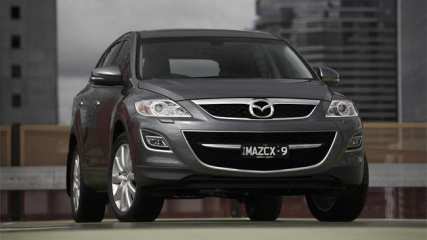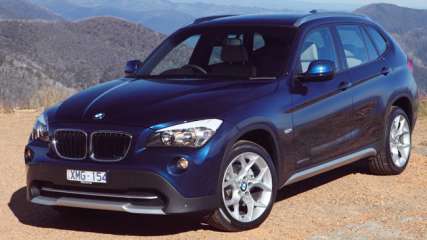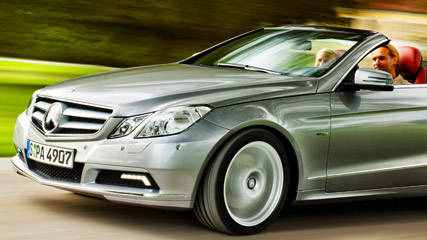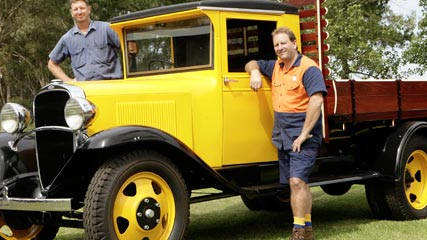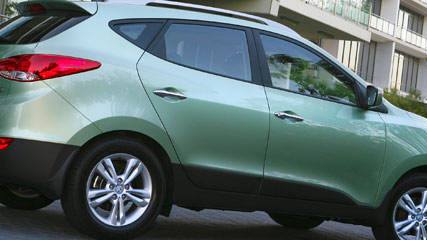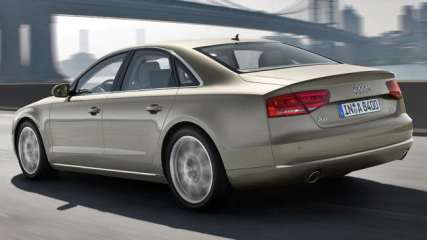BMW X1 2010 review: snapshot
By Kevin Hepworth · 31 Mar 2010
The little SUV for which BMW has big plans – the X1 – has hit Australia. The two models available at launch will both be AWD and powered by a pair of 2-litre turbo diesel four cylinder engines. The hero model is the twin turbo 150kW and 400Nm xDrive23d coupled to a six-speed automatic ($59,280) while the single turbo xDrive20d with 130kW and 350Nm is available at $52,700 for the six-speed manual or $54,900 for the six-speed automatic.The $43,500 sDrive (rear-wheel drive) models will all arrive in June starting with the 18i (manual and automatic) and adding a two-wheel drive version of the 20d ($49,300 manual and $51,500 automatic) as well as an all-wheel drive petrol V6, the 25i, in automatic only for $56,800.The X1 is already a success overseas, with world-wide demand exceeding BMW's initial expectations to the extent that the launch of the car into the US has been delayed to allow production from the Leipzig plant to satisfy other markets, including Australia."We have already increased our initial orders and look likely to still fall short of local demand," BMW spokesman Toni Andreevski says. "Worldwide, one in every five BMWs sold is an X model... in Australia that is one in three."Fit-out and equipmentAll the cars have regenerative braking that helps recharge the battery, while the manual models will add a switchable stop/go function. Standard equipment levels on the X1 are reasonable - 17-inch alloys, single in-dash CD with five speakers, cruise control, two-zone air-conditioning, Bluetooth phone preparation and the full suite of safety gear with airbags, ABS and dynamic stability control.A major improvement within the cabin is the number of storage nooks and crannies for everything from a mobile phone to a laptop which can be stored out of sight beneath the rear luggage compartment.In what has become standard practice for BMW there are plenty of option boxes to tick, including 18-inch alloys, panoramic sunroof, satellite navigation, reversing camera, bi-Xenon adaptive headlights, premium sound system, metallic paint, electric front sport seats, heated seats and voice command to name but a few.DrivingOn the road the X1, at least the two all-wheel drive versions available for testing at the Australian launch, offers strong justification for BMW's bullish hopes for the SUV. Developed off the 3 Series platform, the dynamics of the chassis have not been compromised by the more upright styling of the little SUV, allowing for a degree of enthusiastic driving not associated with many of the available SUVs.Steering and braking are as you would expect from a BMW - sharp and repeatable. Ranging from 1575kg up to just over 1600kg (the rear-wheel drive models will trim 85kg from this), the X1 is not a particularly heavy car and that shows in its lithe handling.All of the launch cars were fitted with the optional 18-inch alloys and lower-profile runflat tyres and suffered from a harshness of ride on broken surfaces that may not have been the case on the standard 17-inch rims and less aggressive 50-profile rubber. They were also all fitted with the trick Performance Control software (a $400 option) which mirrors the system from the far more expensive X6 where cornering ability and stability is enhanced by the gentle braking of the inside rear wheel while drive is increased to the outside wheel. It would appear to be an infinitely better investment than a set of the larger rims.Space in the cabin is excellent with generous room for the front seat passengers and perfectly adequate accommodation for the rear seat passengers - at least for two of them. BMW calls the X1 a 'genuine five-seater' but in the manner of most modern cars the rear centre seat is for children or as a short-term solution for a small adult.Luggage space is, for a small wagon, reasonable with between 420 litres and 1350 litres available depending on the configuration of the 20:40:20 foldable rear seats. The ability to adjust the rake of the rear seats from a comfortable incline to ramrod straight is also useful in helping accommodate a load of boxes or packages without giving up seating capacity.The twin diesels are not new to Australia, the 20d is a fixture in the 1, 3 and 5 Series while the spanking 23d twin turbo has been introduced in the 1 and 3 Series models. Both are excellent powerplants with very different characteristics.The 23d is about performance and aggressive punch with its 400Nm of urge arriving in a relatively narrow (for a turbo diesel) band of 2000-2250rpm. There's a good degree of maximum torque available much earlier in the rev range, but to get maximum effect the automatic gearing concentrates on the narrow band. This gives the engine a pleasant peaky character, while maintaining a fuel economy of 6.3L/100km.The single screw version of the 2-lt diesel has a much wider delivery span for its peak 350Nm (1750-3000rpm) which displays a more relaxed athletic ability and an impressive fuel economy of 5.8L/100km.BMW X1Price: from $43,500 to $59,280Engine: avail. at launch - 2L/4-cyl. 130kW/350Nm turbodiesel (xDrive20d), 2L/4-cyl. twin-turbo diesel, 150kW/400Nm (xDrive23d)Transmission: 6-speed auto (20d, 23d), 6-speed manual (20d)Economy: 5.8L/100km (20d), 6.3L/100km (23d)RivalsSubaru Forester XT Premium (from $44,990)Honda CR-V Luxury (from $42,790)VW Tiguan 103 TDi (from $36,690)






